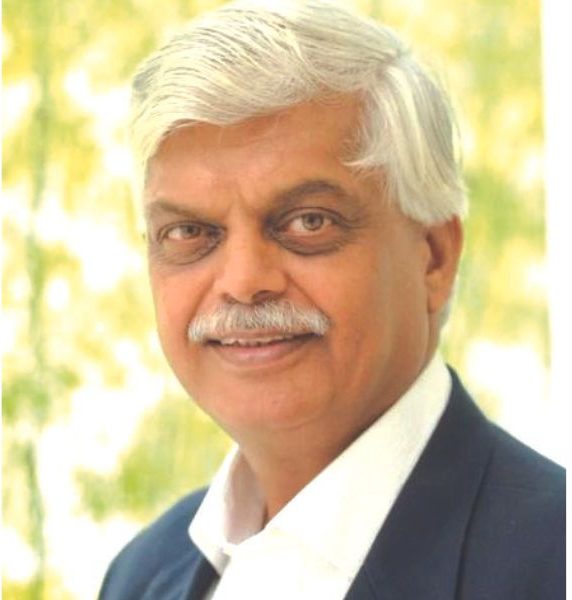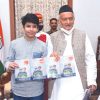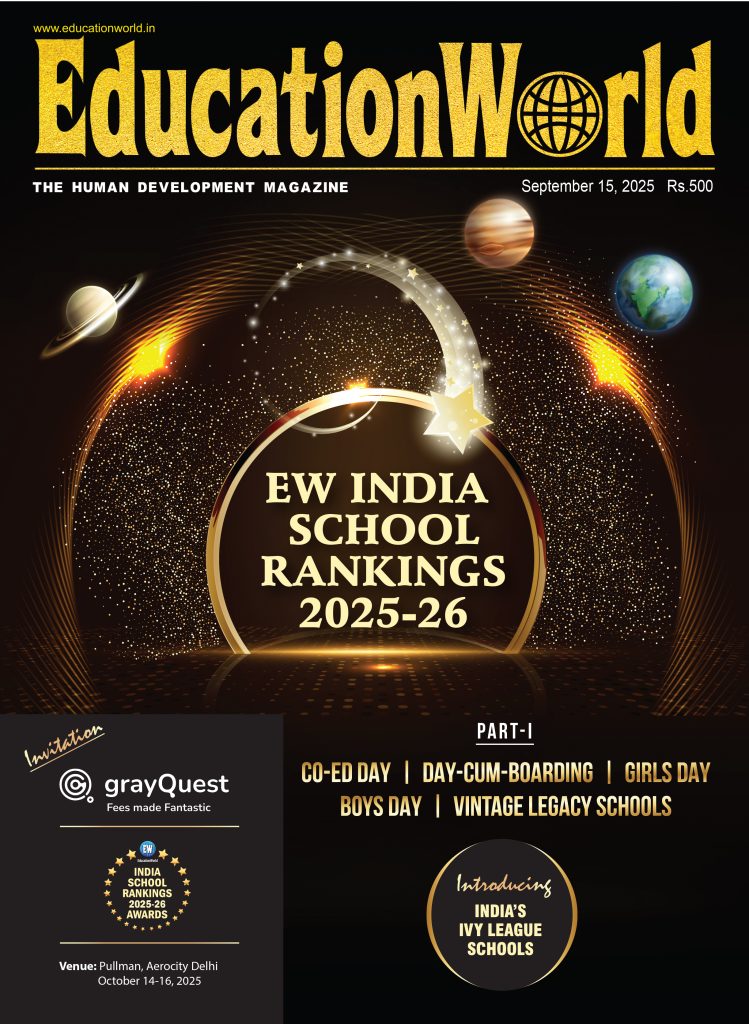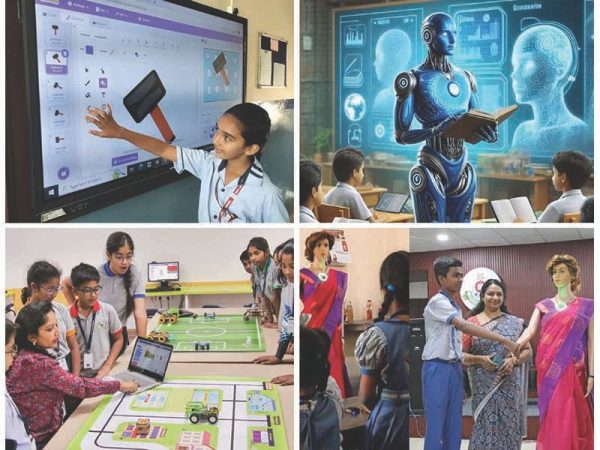75th Independence Day reflections
-Sanjaya Baru

If one’s birthday tends to be a time for self-reflection, Independence Day should be a time for national self-reflection. Media publishes data and analysis on the state of the nation, economy and the people. Independence Day this year is a special milestone because we observe the 75th anniversary of free India. There are two ways in which one can measure the state of the nation on this momentous occasion.
The first option is to take stock of the state of the nation 75 years ago and its condition today. This would be a purely inter-temporal comparison. We can also compare India with countries similarly placed in 1947, and measure our relative progress.
Purely inter-temporal comparisons tend to be encouraging and heartening. We are certainly better off today than we were 75 years ago on almost every indicator. Perhaps with one exception — viz, the quality of water, air and soil. Nature has been degraded in the process of economic growth and development. India and the world is trying to remedy this but it will take time, commitment and money to do so.
One metric tells a good story. From 1950 to 1980, India’s annual national income increased by 3.5 percent per year. Compared with near zero percent recorded in the period 1890-1940, this achievement was impressive. Subsequently, in the period 1980-2000, the average rate of annual GDP growth increased to 5.5 percent and 7.5 percent in 2000-2015. During the past seven years, it is down to around 6-6.5 percent. Even so, it’s an impressive achievement for a poor developing country burdened with the toxic legacy of colonialism and decades of poverty, illiteracy and disease.
[userpro_private restrict_to_roles=
However, in the 1950s India was on a par or ahead of many Asian countries that today are way ahead of us. Most of South-east Asia was economically less developed than India. Indeed, even China and Korea were less developed. Korean economists came to India in the 1950s to learn how to plan and modernise their economy. Today, almost all countries to India’s east, with few exceptions, have much better UNDP human development indicators than India.
So, while on Independence Day we will hear a lot of how much better off India is today compared to 75 years ago, we would also like an explanation as to why so many countries that were at our level of development in 1947 are now much better off. The simplistic view that India has paid a price for democracy has long been dismissed. Numerous research studies have established that the real differentiator is education. All the countries that are better off than India have made great progress in public education — basic literacy, school, higher and technical education. By neglecting education, India has paid a heavy price and continues to do so.
In a book I recently published (India’s Power Elite: Caste, Class and a Cultural Revolution, Penguin Random House, 2021), I have cited data to prove that an increasing number of young Indians are venturing abroad for undergraduate and higher education, constituting a phenomenon that I describe as “secession of the successful”. The data is damning. The foreign exchange outflow by way of tuition and residential accommodation of Indian students studying abroad has risen sharply over the past decade in particular.
Recently, 20,000 medical students from India had to be rescued from Ukraine when the Russian invasion began. There are similar numbers of Indian students in unfamiliar countries such as Kyrgizstan, Azerbaijan and Kazhakstan, apart from those studying in English-speaking countries around the world. It used to be said a 100 years ago that the sun never set on the British Empire. Today we can say the sun never sets on Indian students.
Independent India has achieved much on many fronts and within the framework of democracy. This is a matter of great pride for us. A decade and a half ago, we were described as the world’s fastest growing free market democracy. However, the quality of our democracy has begun to decline. We live in times where young people are being punished for their religious beliefs and caste identities. Economic inequality is rising sharply. Some of India’s business leaders are among the Top 10 richest billionaires of the world, yet millions of Indians are living in abject poverty, suffering illiteracy and ill-health.
Twenty-first century India has to do much more to realise the dreams of leaders of our freedom movement. The national freedom struggle united a diverse people to establish a united country proud to be the world’s largest democracy that is uniquely multi-ethnic, multi-lingual, multireligious and tolerates multiple cuisines and lifestyles. Strengthening Indian pluralism, maintaining our Unity in Diversity remains India’s biggest challenge on the nation’s 75th Independence Day.
Also Read: Independence Day message
(Sanjaya Baru is former editor of Business Standard, media advisor to the prime minister and author of The Accidental Prime Minister and 1991: How P.V. Narasimha Rao Made History)
[/userpro_private]
















Add comment